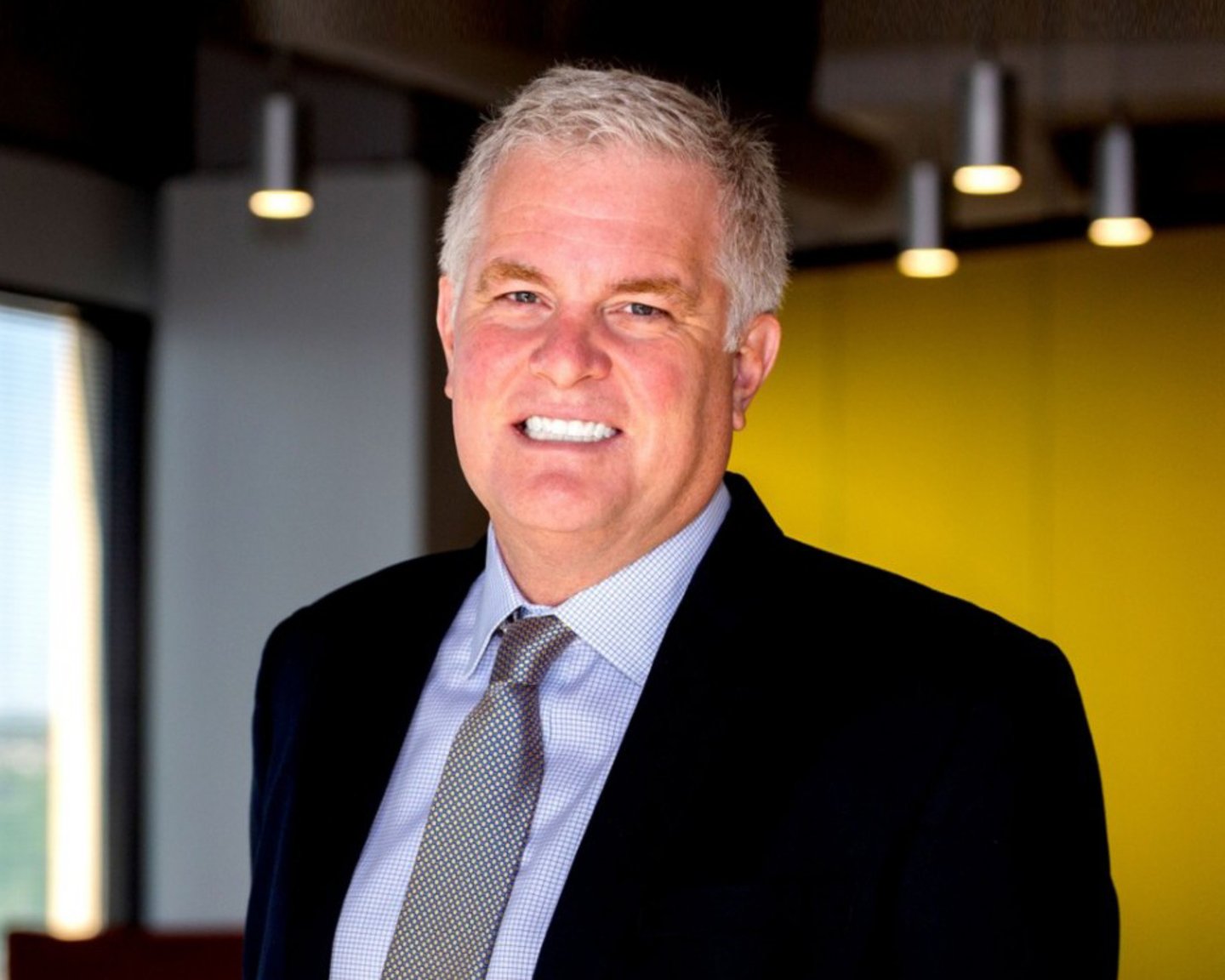Back To The Future: Re-Embracing The Consumer Innovation Economy
Not long ago, top grads poured out of the nation’s most prestigious universities and made a beeline for sought-after career paths with the top consumer packaged goods manufacturers. A career in engineering, innovation, product design or marketing for an industry-defining, household brand name was the gold standard during an equally golden age for the CPG industry.
The arrival of tech giants rerouted that steady stream of innovation and new thinking away from CPG to the point that, less than two decades later, the industry is experiencing a plateauing of innovation that is set to threaten industry-wide invention and growth.
Then, during the earlier days of the pandemic, we saw the “great SKU rationalization” where retailer demands for only core items forced food producers to reshuffle their brand portfolios, plus an ensuing perfect storm of market conditions that include wage increases, raw material availability, supply chain challenges and sustainability goals, which together have all reshaped the industry environment. Every link in the value chain is now under extreme pressure, resulting in unprecedented inflation that drives consumers away from their beloved brands toward private label and bulk price options.
Given these constraints, we have entered a “necessity is the mother of invention” moment for the industry. It’s time to get back to focusing on innovation around the values and experiences that drive consumers today, and forge a new path for our businesses. Where are we headed? Consider these road building strategies for the consumer future already on our doorstep.
Go beyond internal efficiency measures to create change
Cutting costs won’t stop the bleeding. When input costs, consumer elasticity and other market constraints threaten profits, many companies opt to trim their workforce, shorten production lines and reduce shifts, along with other short-term stopgaps. Historically, you could afford to take this more direct, time-tested path, but not now.
To satisfy new consumer preferences and elasticity demands, you must pull the product and operational innovation lever – pull it hard and fast. The first real course correction is to focus on building an innovation-led growth culture across your organization’s leadership. Do this with the goal of securing authorization and appropriate investment in a future-proofing innovation agenda. This likely requires investment in new technology to shape a more data-centric enterprise and the willingness to partner with organizations outside of the four walls to break the constraints of insular thinking. These are the tools that enable rapid innovation out of, and beyond, market and operational constraints. But it also will mean process change to fast-track ideas; personnel training to adapt to new systems; and, of course, recruiting engineers, designers, developers, data scientists and more to help turn your legacy operating model into a virtual time machine.
Build a three-phase innovation agenda to drive innovation-led growth
Driving change is hard – on finances, resources and teams. Break your process into three key phases:
1. Assessment – Do you have the people, methods, systems and facilities in place to effect change within your organization? Do you have the data capability to truly understand your consumer segments, their behaviors and their preferences? Where will you need to buy, build or partner to drive your innovation agenda forward and ultimately to market?
2. Innovation ecosystem – Create a “connect and develop” strategy to identify likely needs and the best allies for your plans. The brands that create the right ecosystems of partners will have the best capability to adapt to the future sooner.
2. Activation – Move from “How?” to “Now!” by identifying the best owners for change and actively engaging them in making innovation a reality. Incentivize teams, both internally and externally, who can reformulate and motivate production steps, logistics and distribution of your new improved products and those who can articulate your new value proposition to stakeholders.
Innovate at speed to outpace competition and the market
Market conditions won’t wait and while thoughtful, strategic growth is the goal, product innovation at speed will be critical for CPG companies to gain competitive advantage now and develop long-lasting leadership positions. Moving innovation through an organization that has been organized around, and optimized for, cost is difficult. And doing so against a backdrop of escalating ESG reporting requirements and the realities of doing business in a constrained, challenging market makes it more so. But it is essential. Achieving the velocity needed will require not only the appropriate technology and data capability, but also breaking through silos using the full organization’s capacity to realign your entire process around speed. Speed of ingenuity and design … speed of testing, failing and learning … speed of manufacturing excellence … and speed to market ahead of the competition.
To paraphrase the movie with the same name as the title of this article, “You may not be quite ready for this yet, but your competition is going to love it.
Tad Carmody is the EY Americas Consumer Products leader and is responsible for building and reflecting our leading Consumer sector capability. He also serves in a coordinating role for some of our largest client relationships and strategic alliances in the Consumer Products sector. The views reflected in this article are those of the author and do not necessarily reflect the views of Ernst & Young LLP or other members of the global EY organization.




